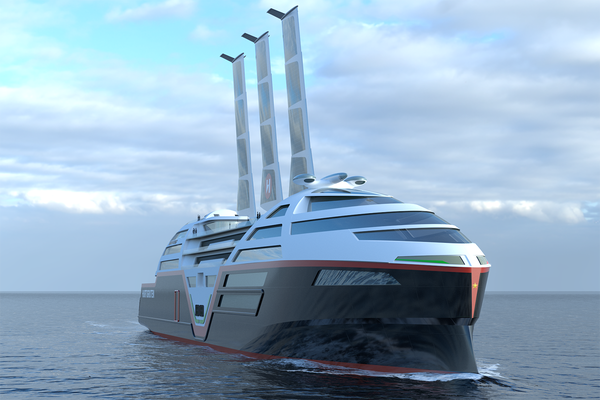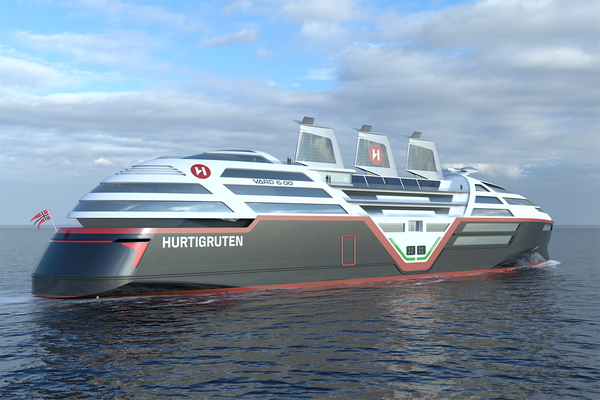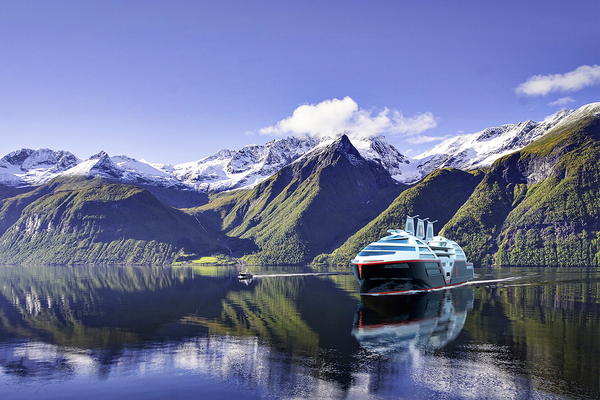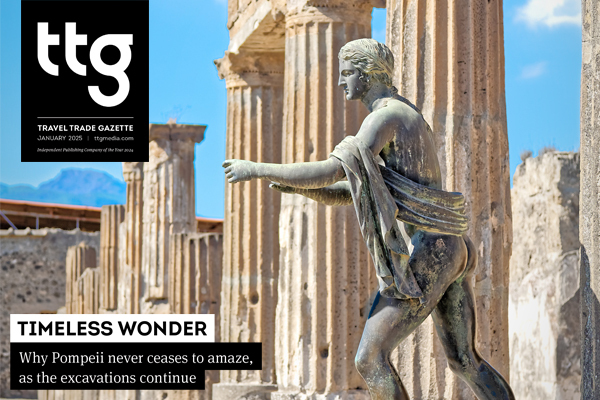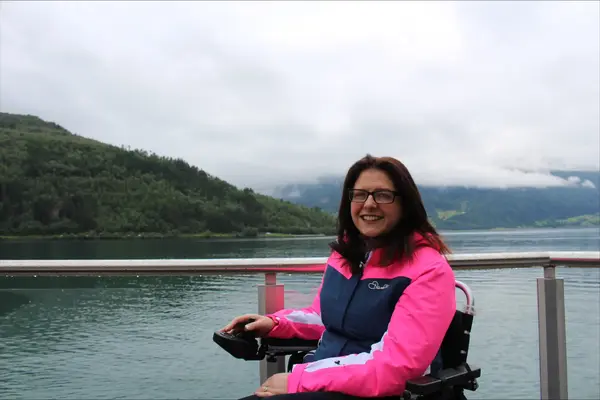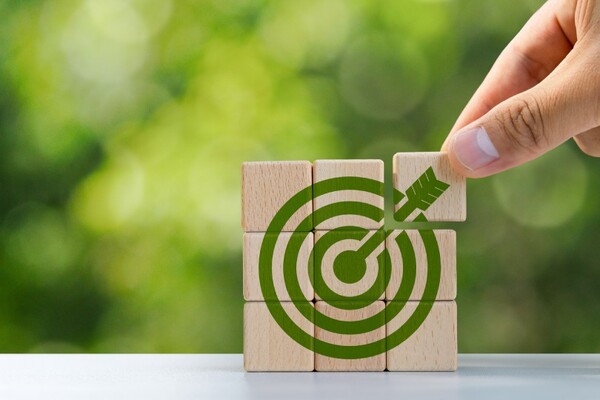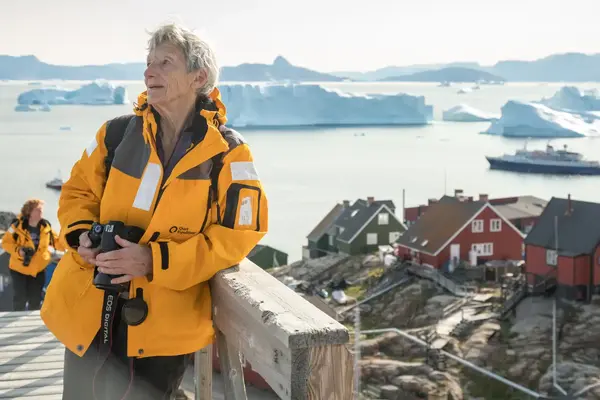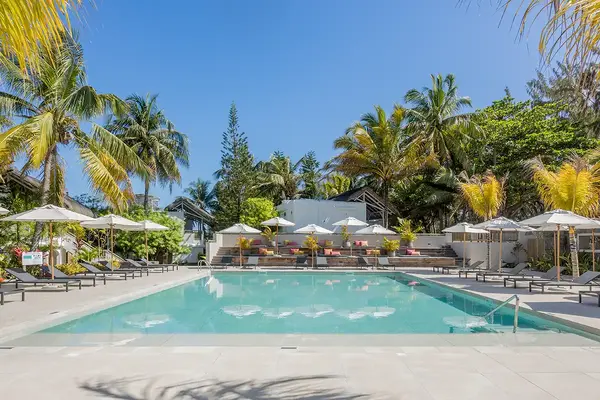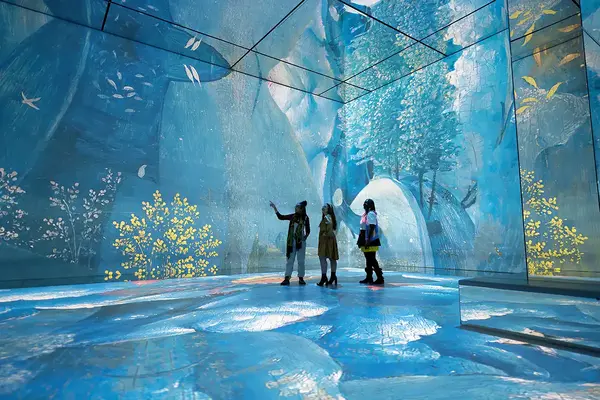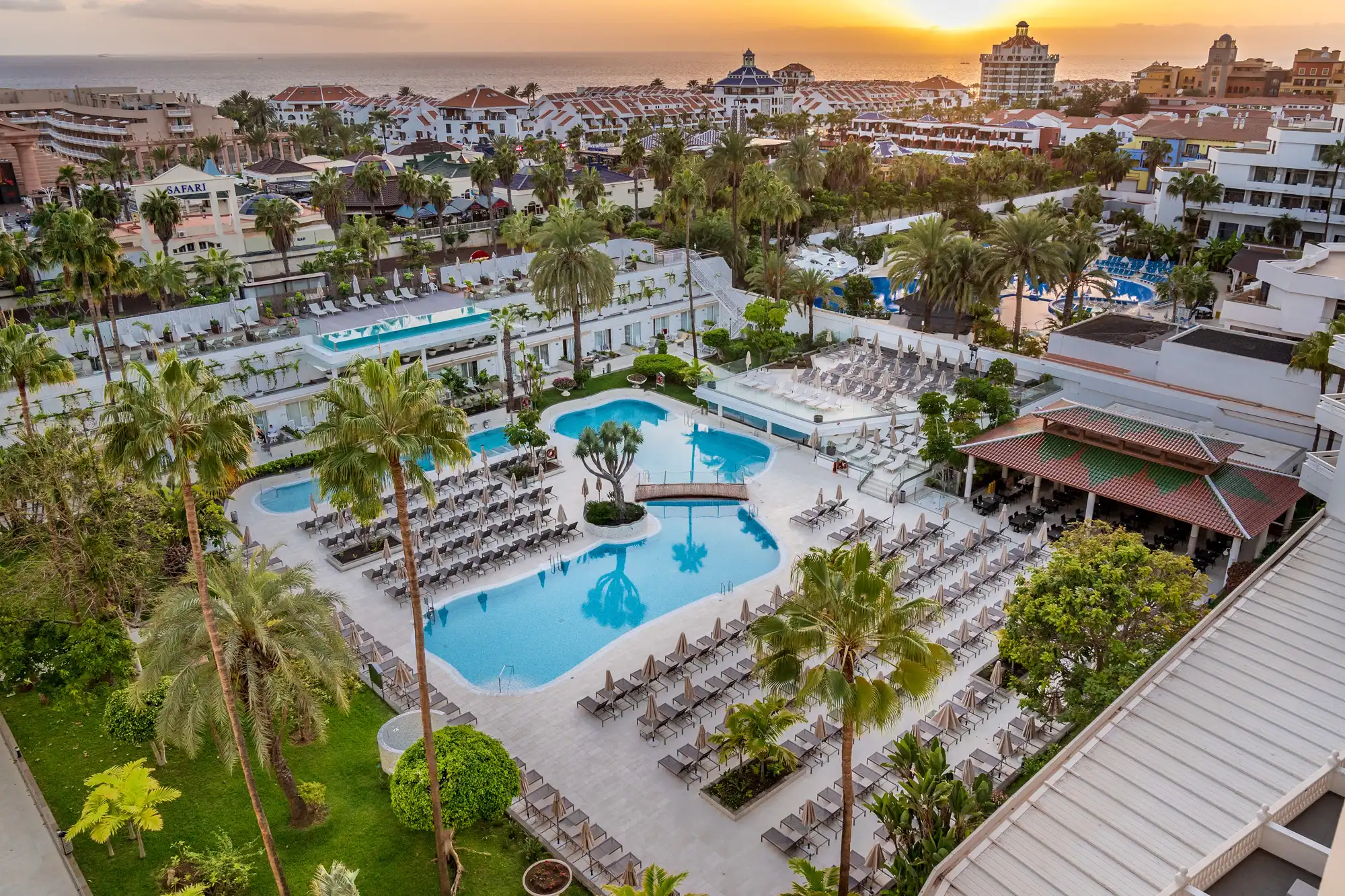Hurtigruten unveils zero-emission ship of the future with towering solar sails
 Gary Noakes
Gary NoakesHurtigruten believes it has charted the future of cruising after unveiling a futuristic battery powered vessel with retractable sails that double as solar panels, and which uses artificial intelligence to manoeuvre.
The Norwegian brand has revealed designs for its Sea Zero concept, which it said would be the world’s first zero-emission cruise ship – and the world’s most energy efficient.
New technology will combine 60-megawatt batteries with wind power. The ship’s batteries will be charged at one of the 34 ports called at by Hurtigruten, with charging levels displayed externally.
At sea, three rigs will be extended to harness wind power, combining 1,500 square metres of solar panels and a sail area of 750 metres squared, reaching a maximum height of 50 metres.
The concept ship is 135 metres long; it features 270 cabins, capable of accommodating 500 guests and 99 crew. The vessel will also have a “significant” cargo hold and transport cars, said the line.
The design incorporates a slimmed down bridge more akin to an aircraft cockpit, with artificial intelligence (A!) taking care of tricky manoeuvres into ports. Hurtigruten will also use AI to learn the most efficient docking and undocking methods for each port, improving docking in bad or challenging weather.
A guest app, meanwhile, will help minimise energy consumption by operating ultra-modern cabin ventilation, while measuring water and energy consumption.
“Developing new technologies for onboard hotel operations, which can consume up to 50% of the ship’s total energy use, will be crucial to the project’s success," said Hurtigruten. "The goal is a 50% energy reduction compared with Hurtigruten Norway’s current ships.”
The vessel also boasts several other firsts for a cruise ship, including contra-rotating propellers and multiple retractable thrusters. Additional technologies include air lubrication, advanced hull coating and proactive hull cleaning.
The concept is the result of a year’s research, with another two years’ work scheduled before the ship can move into production. Hurtigruten aims to bring the concept to fruition – and launch – by 2030.
Hedda Felin, Hurtigruten Norway chief executive, said: "When we initially announced the ‘Sea Zero’ project over a year ago, we were faced with the challenge of not knowing which technologies would be available to us in 2030. Our task was to pave the way for new innovations and enhance existing ones to align with our sustainability objectives.
"While some of these technologies have reached a relatively advanced stage, they still necessitate dedicated research and development to ensure successful implementation within the maritime context. On the other hand, certain technologies are still in early development and require fundamental research and thorough testing.”
Hurtigruten added its long-term aim was for its entire fleet of nine vessels to be zero-emission.
Sign up for weekday travel news and analysis straight to your inbox

Gary Noakes
Supplier Directory
Find contacts for 260+ travel suppliers. Type name, company or destination.
